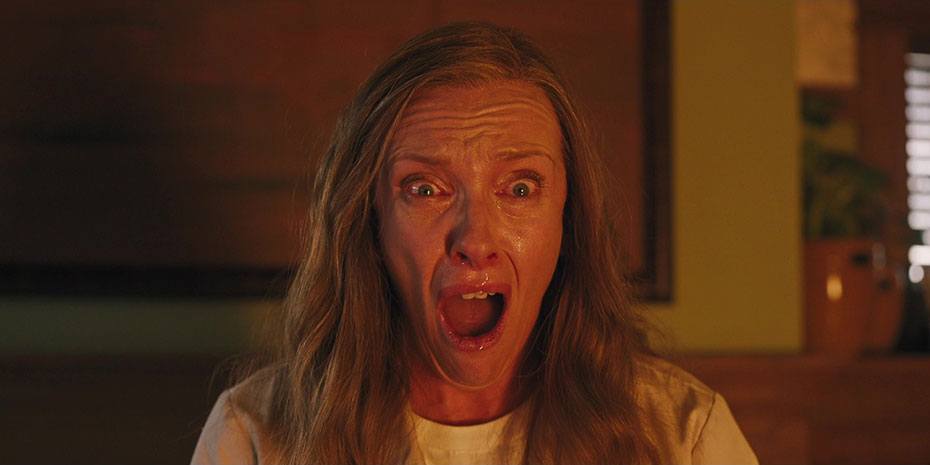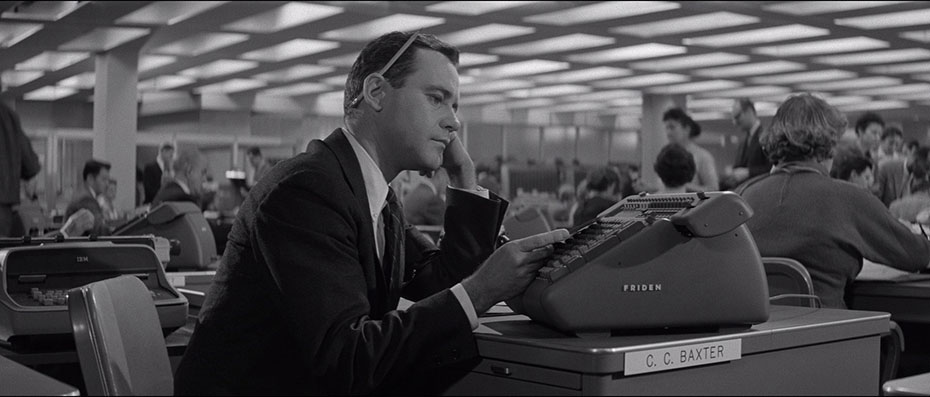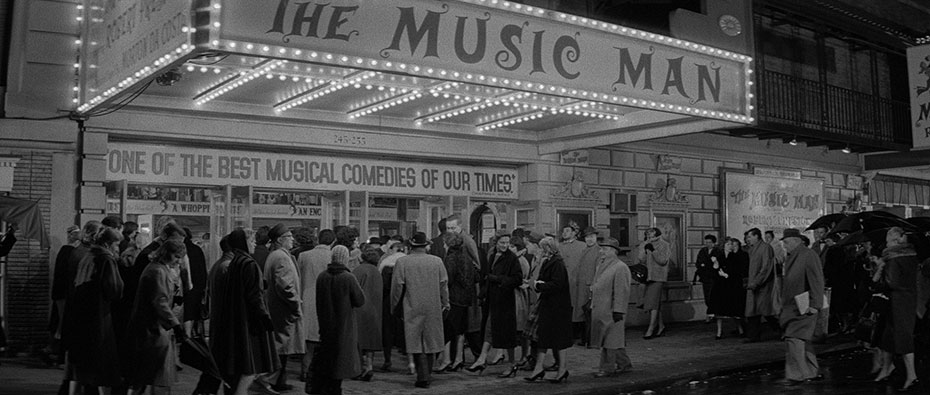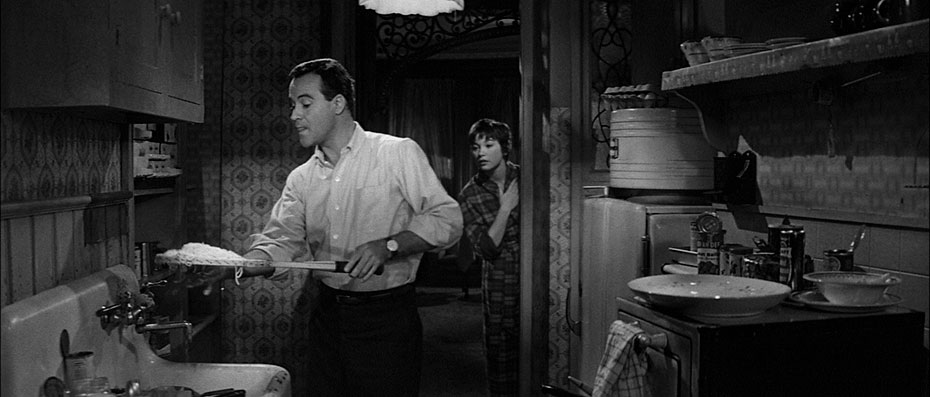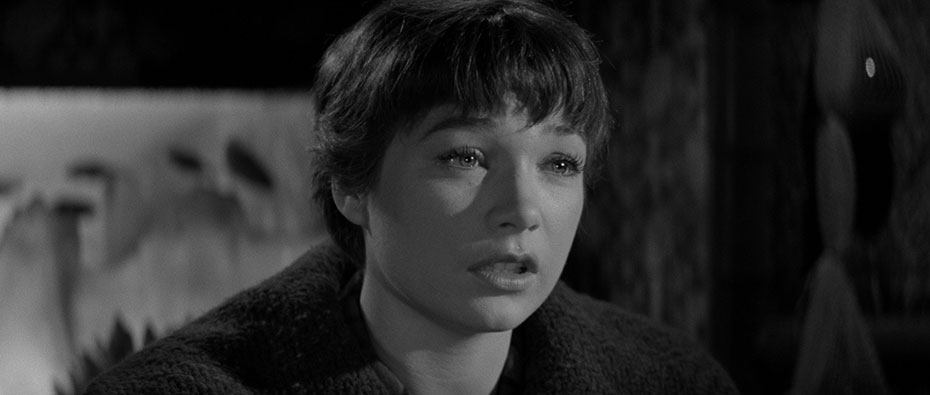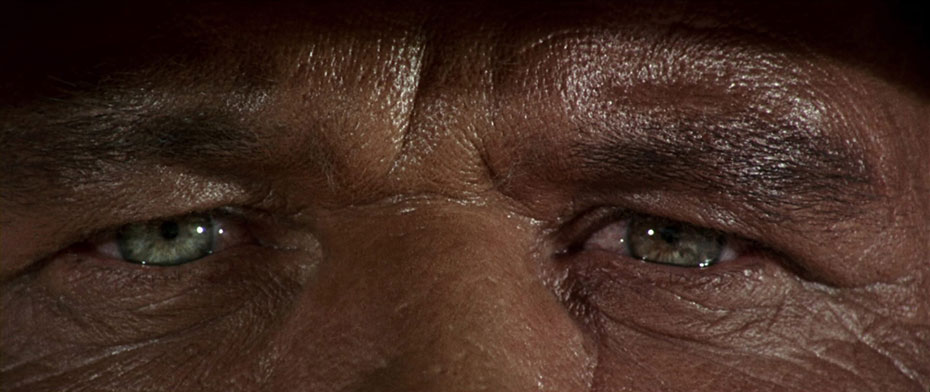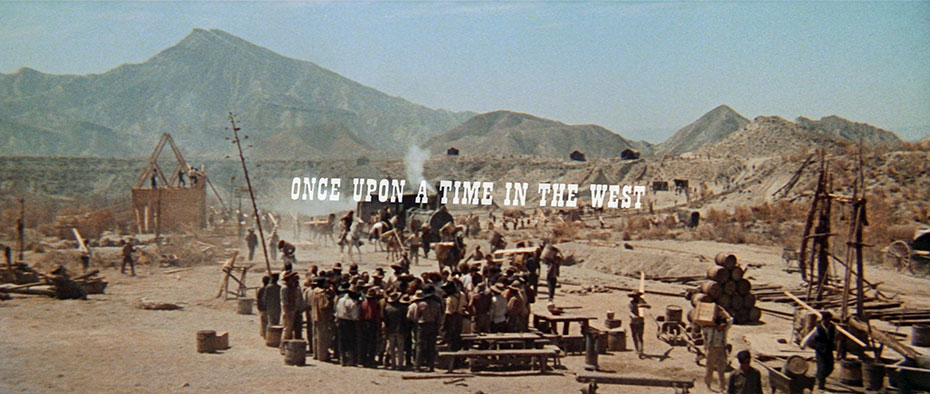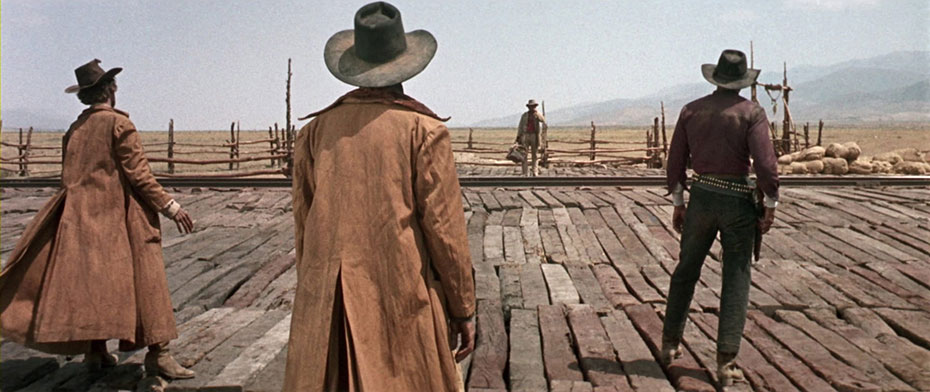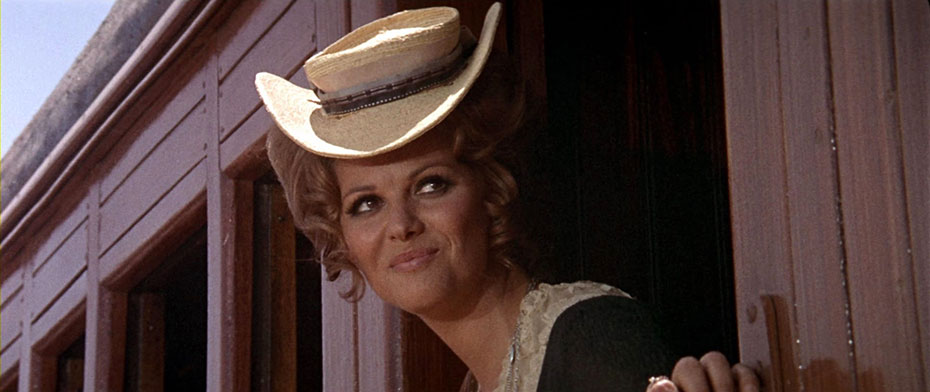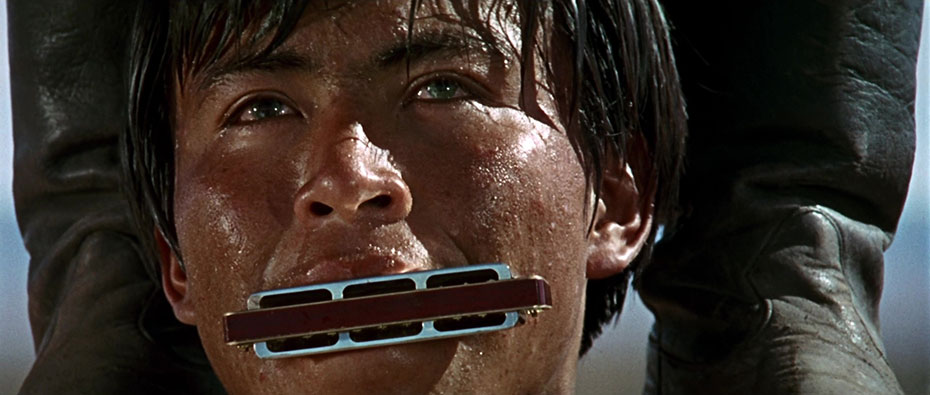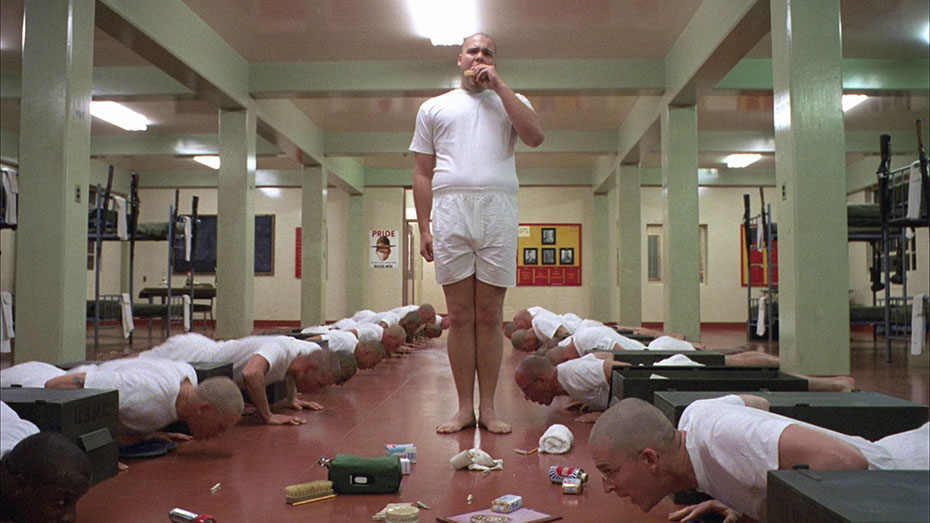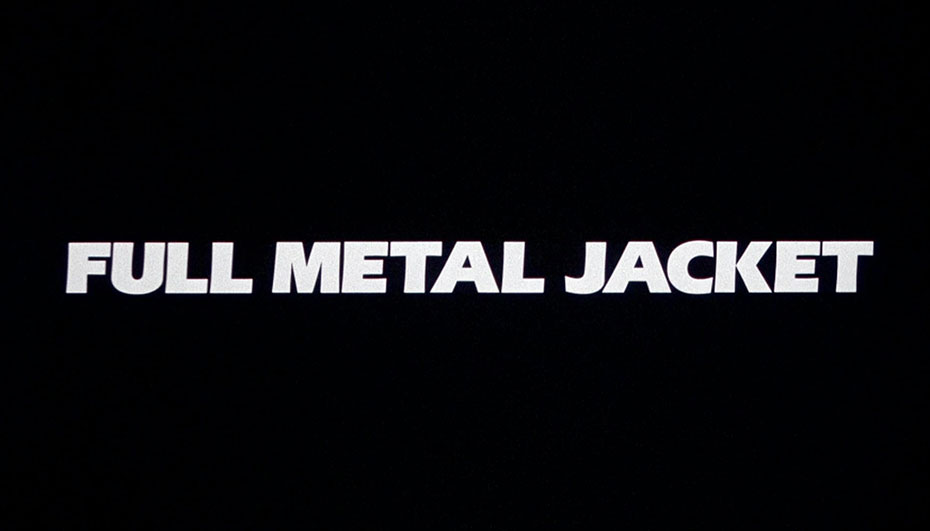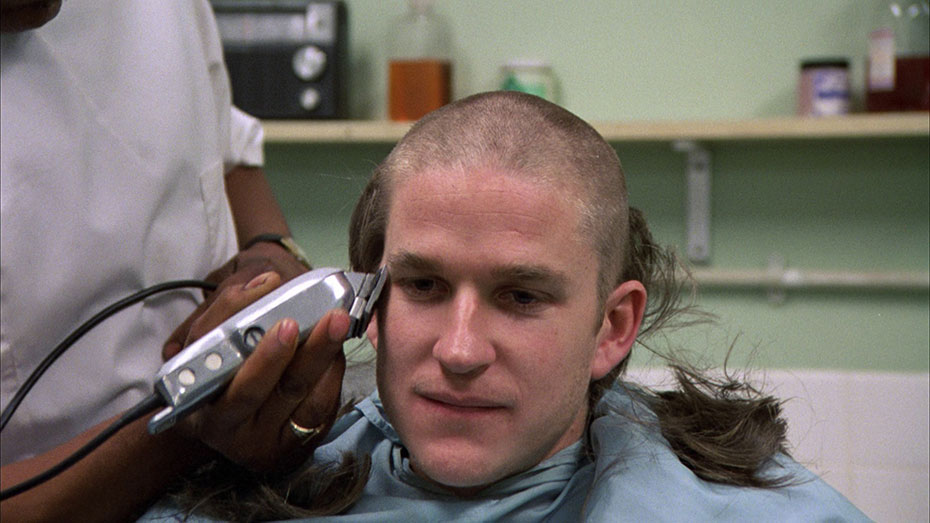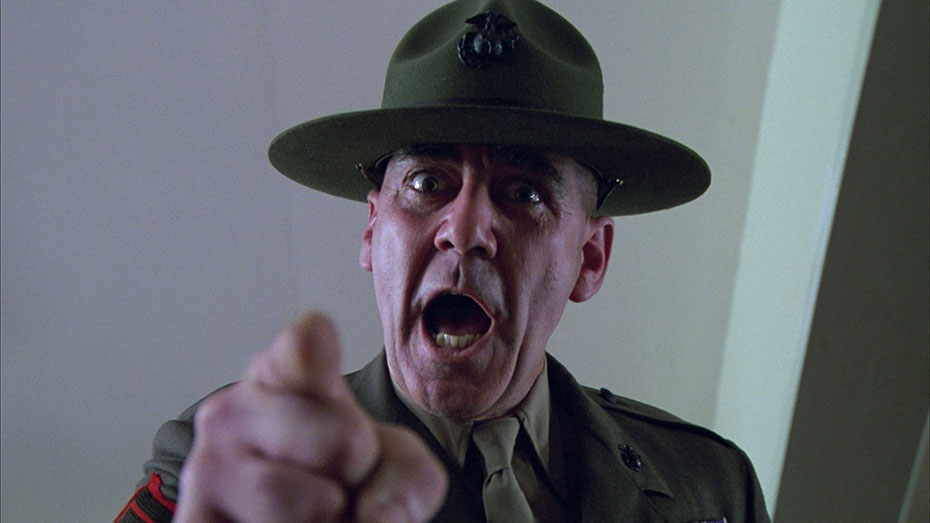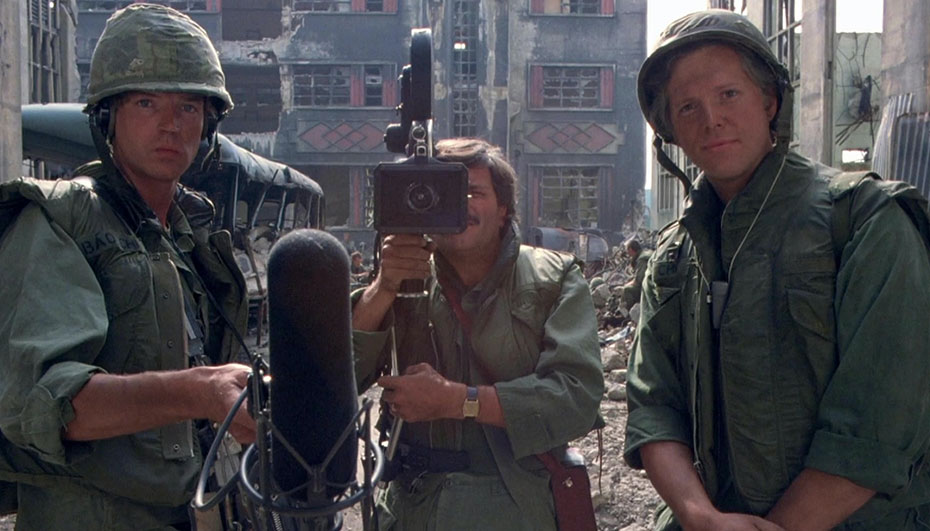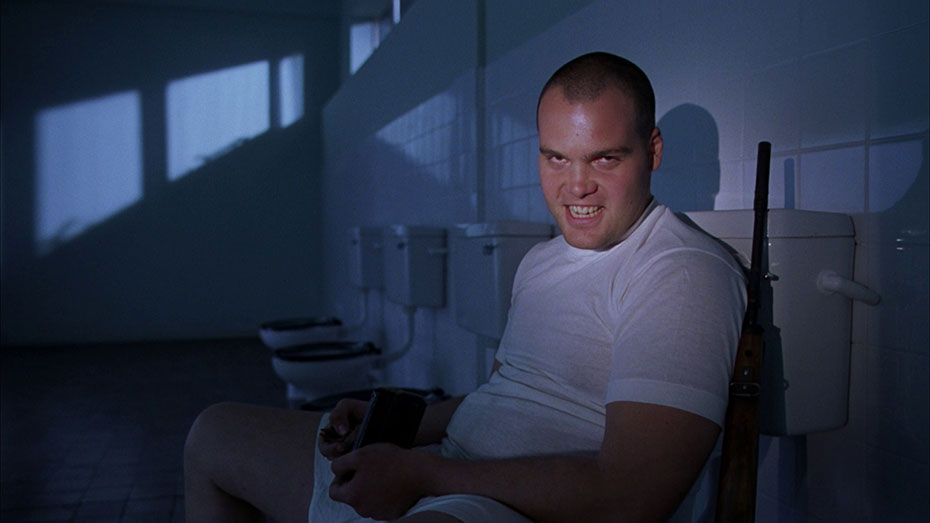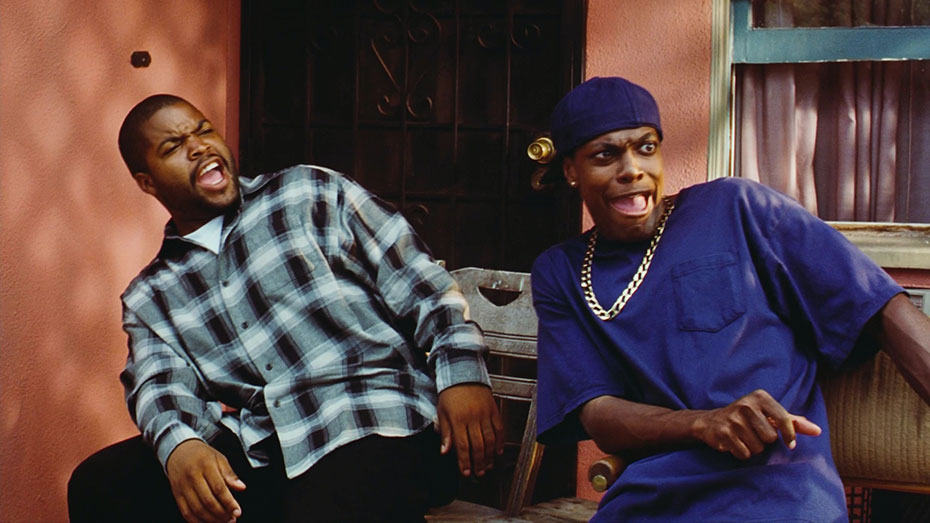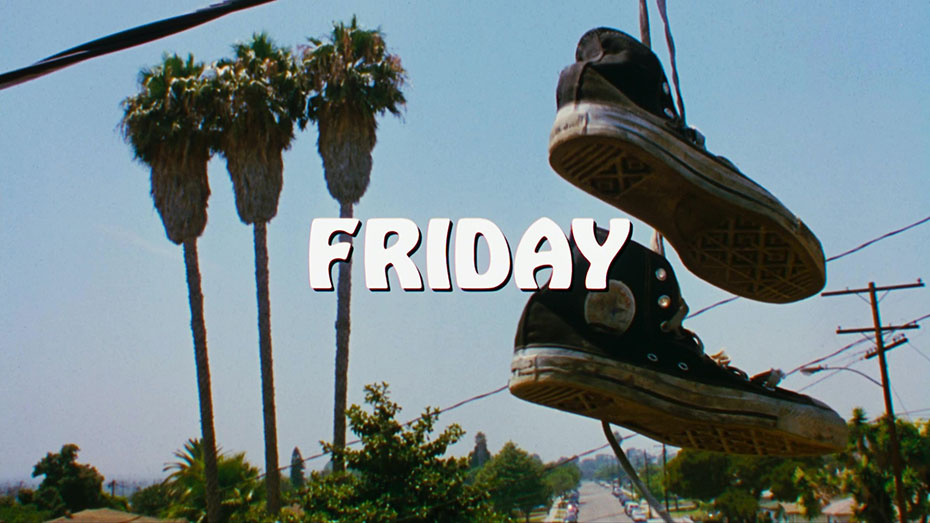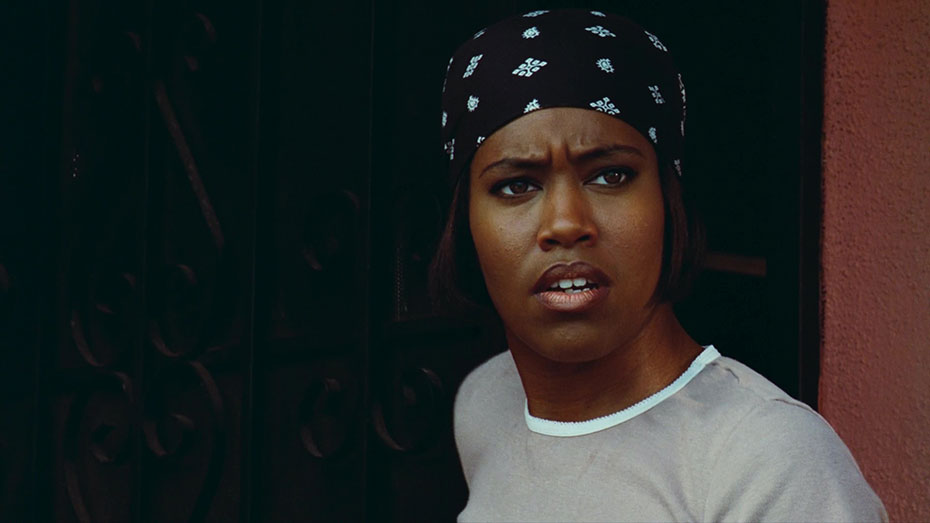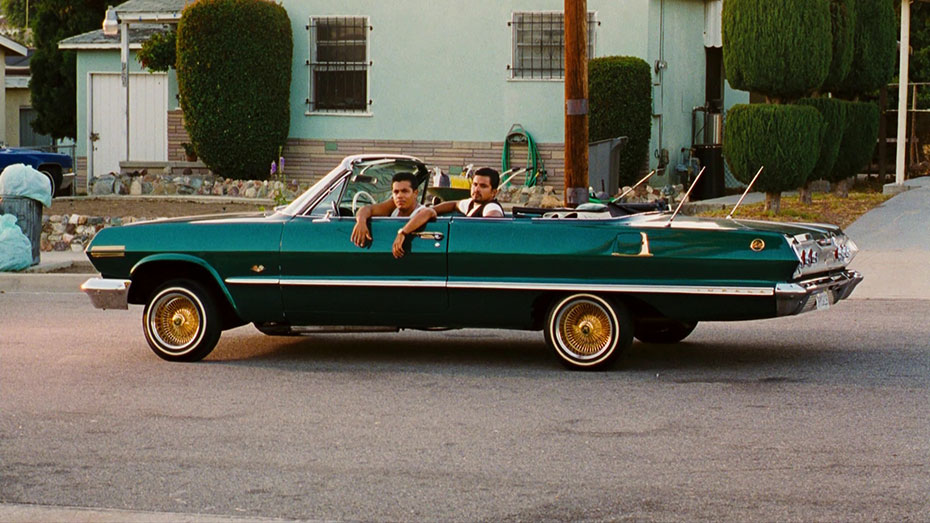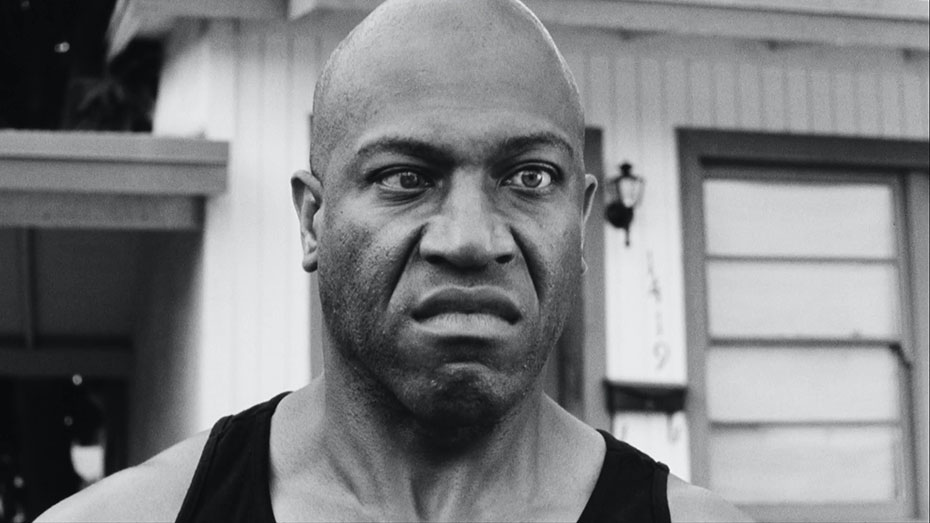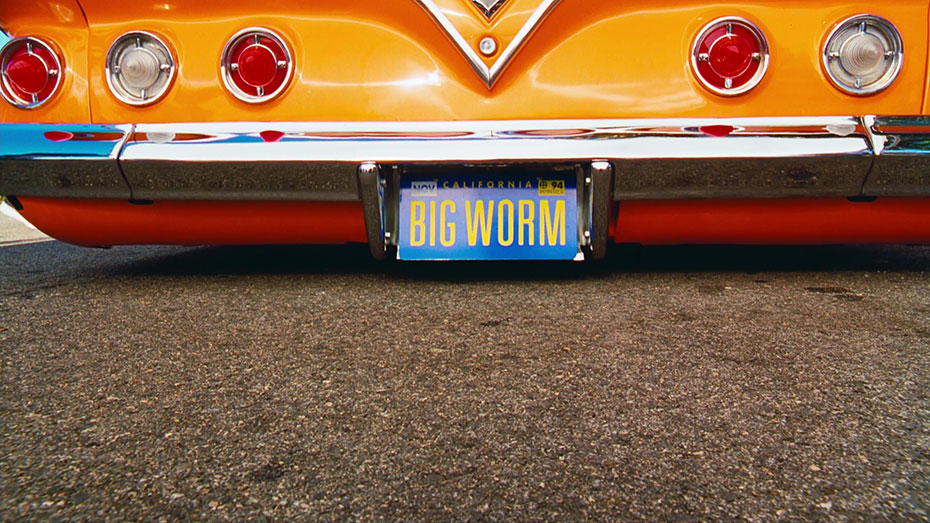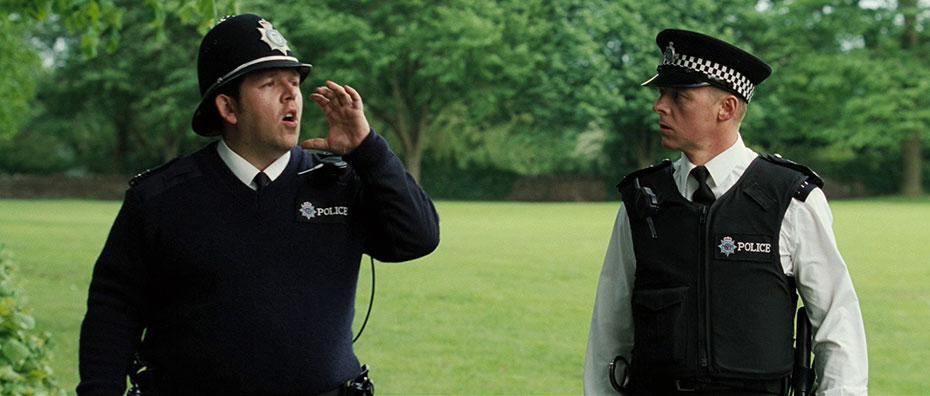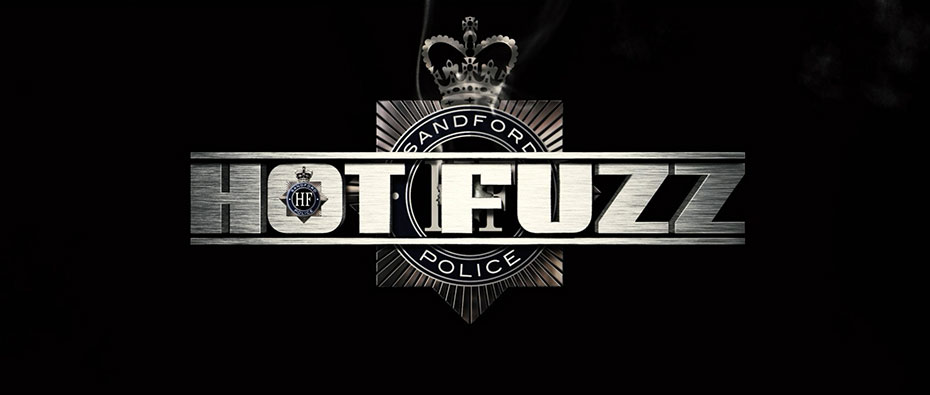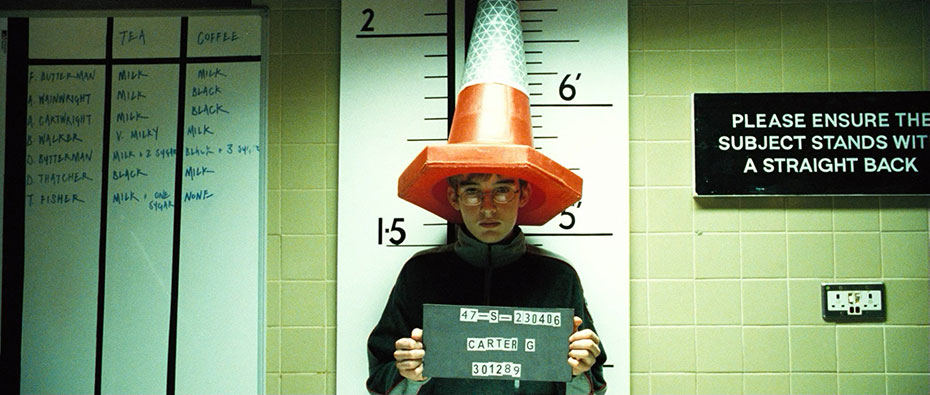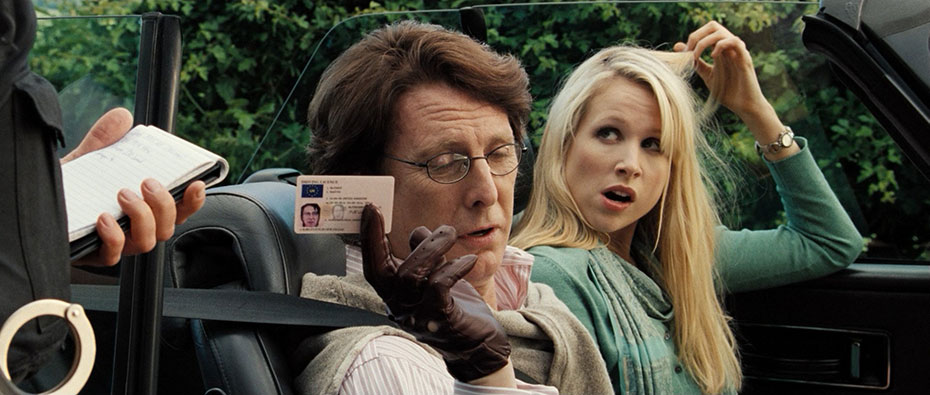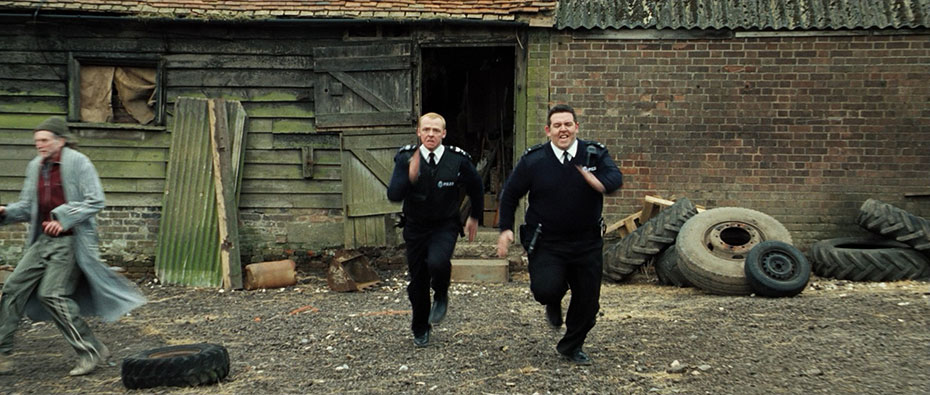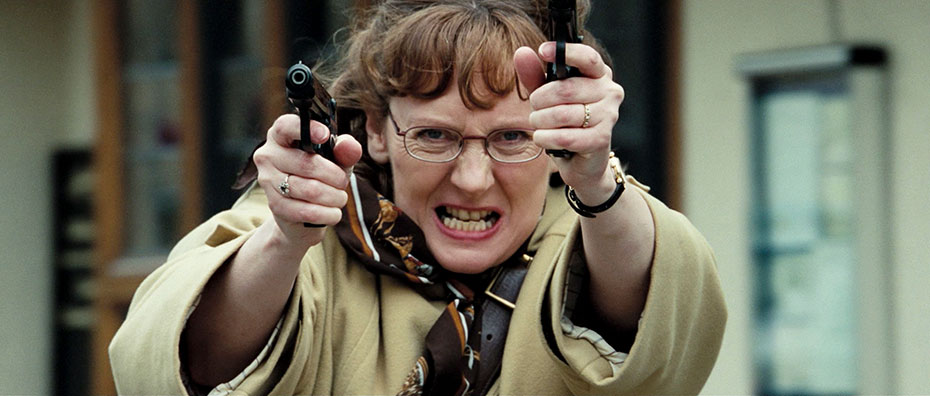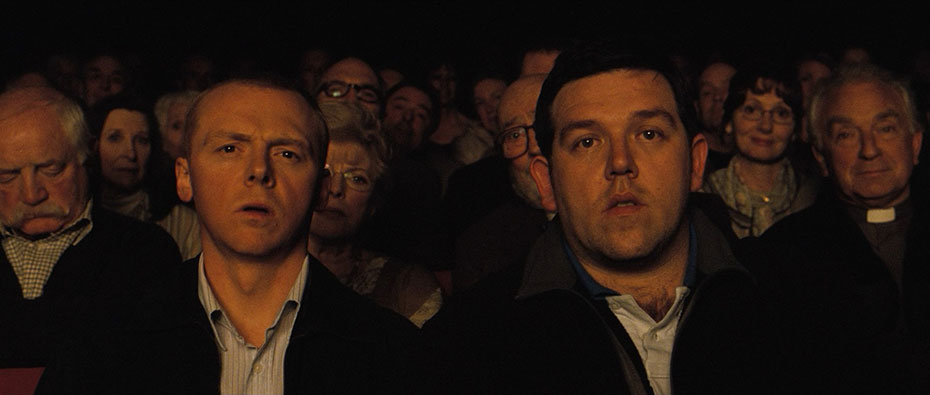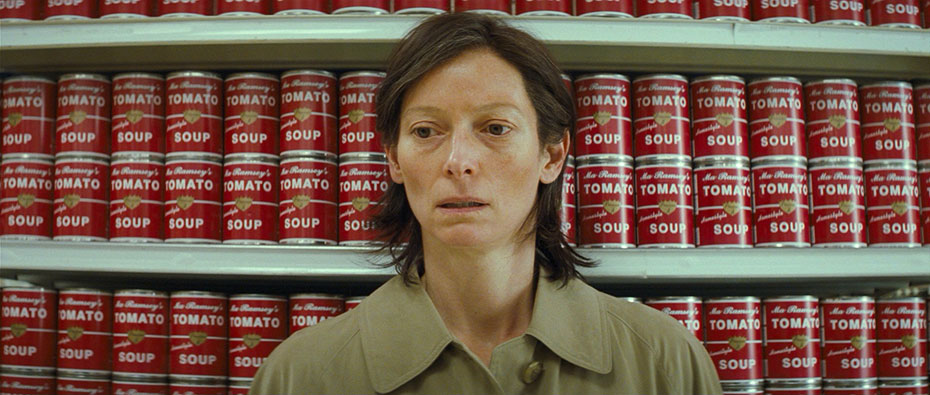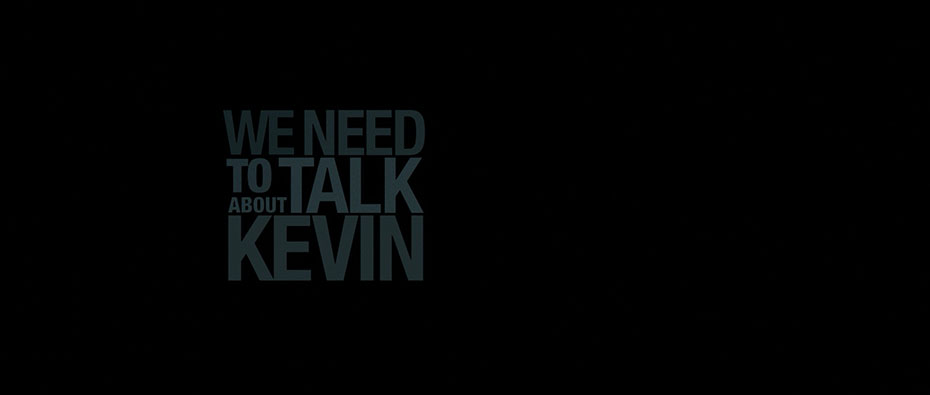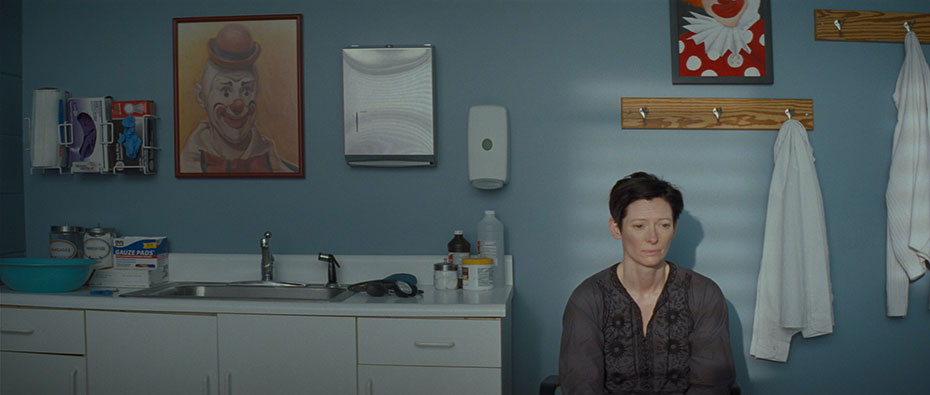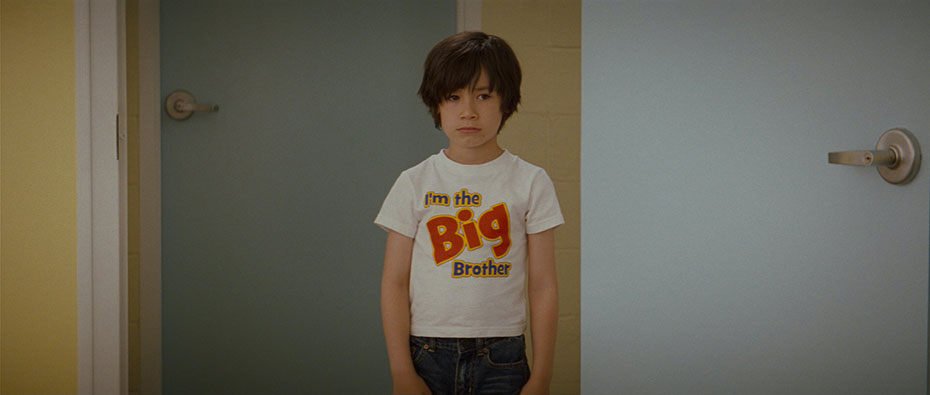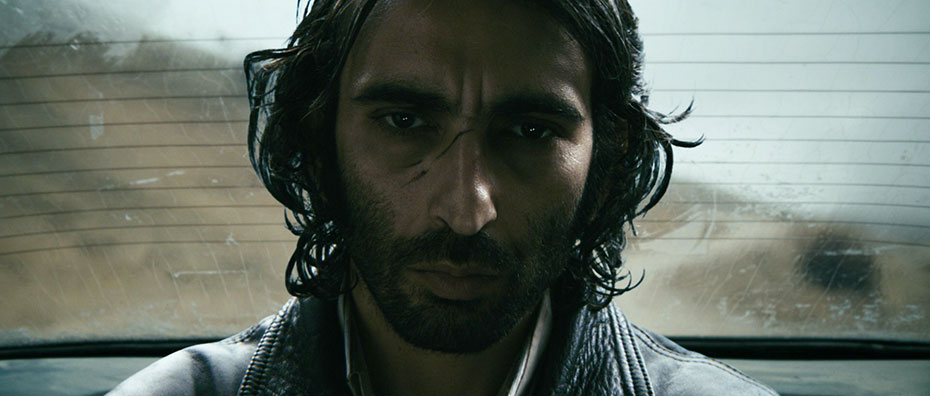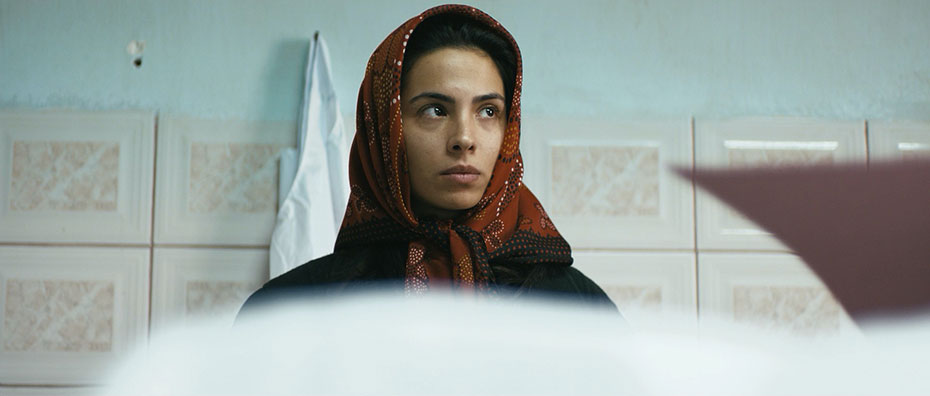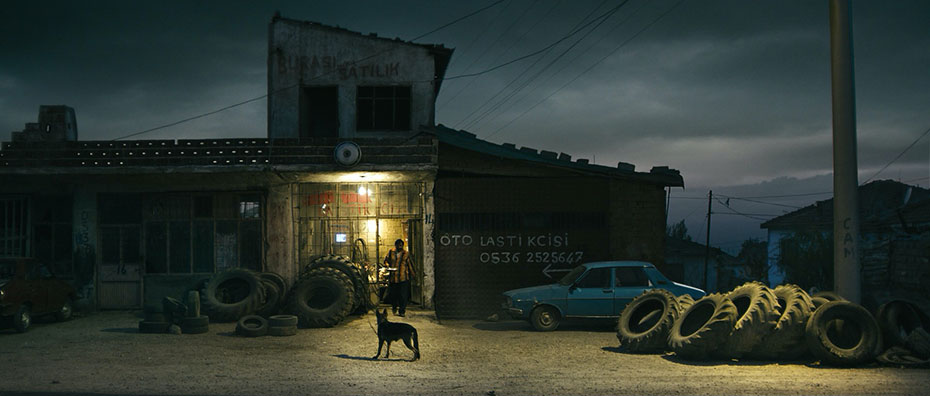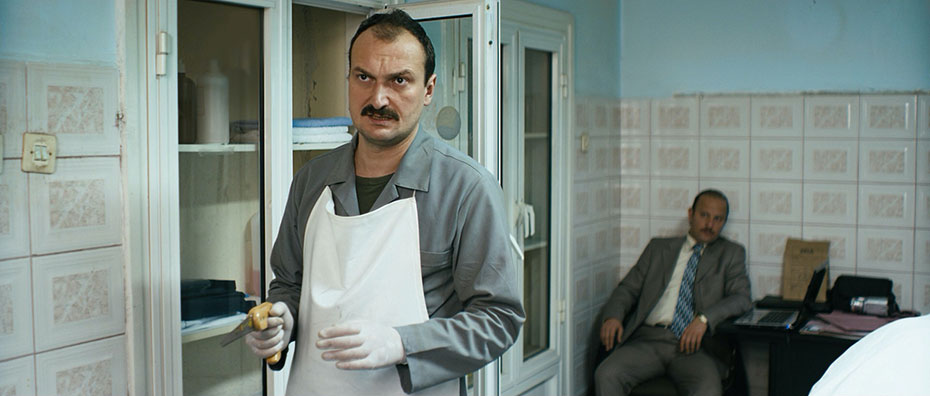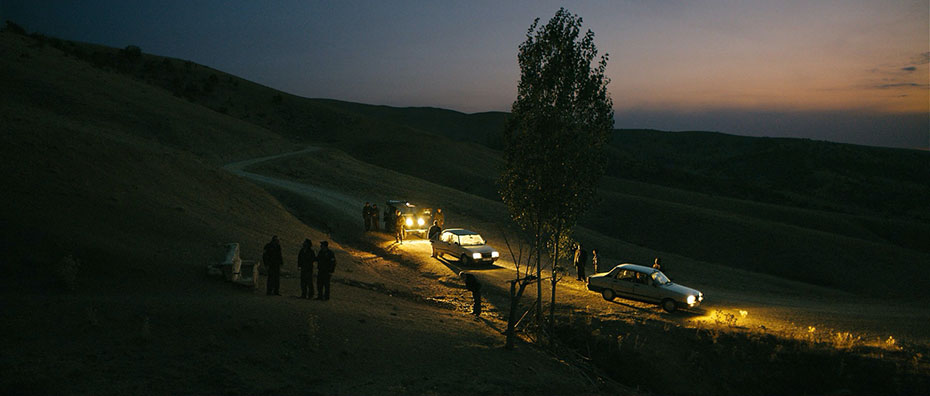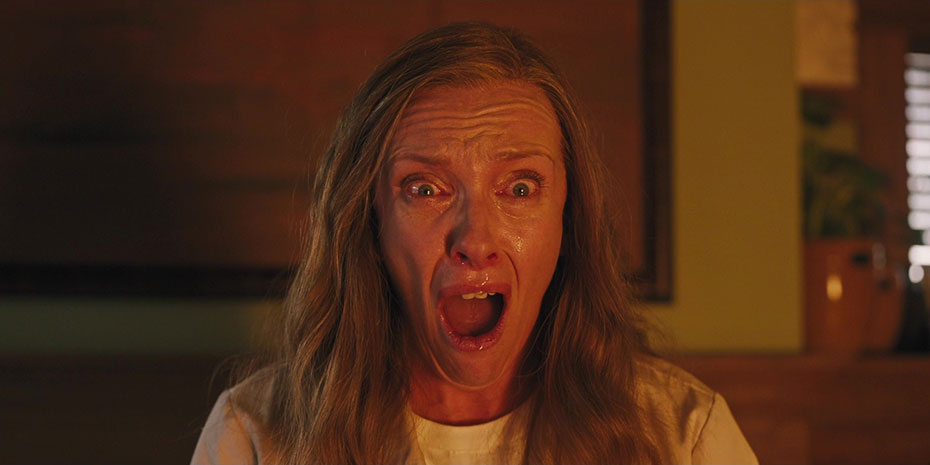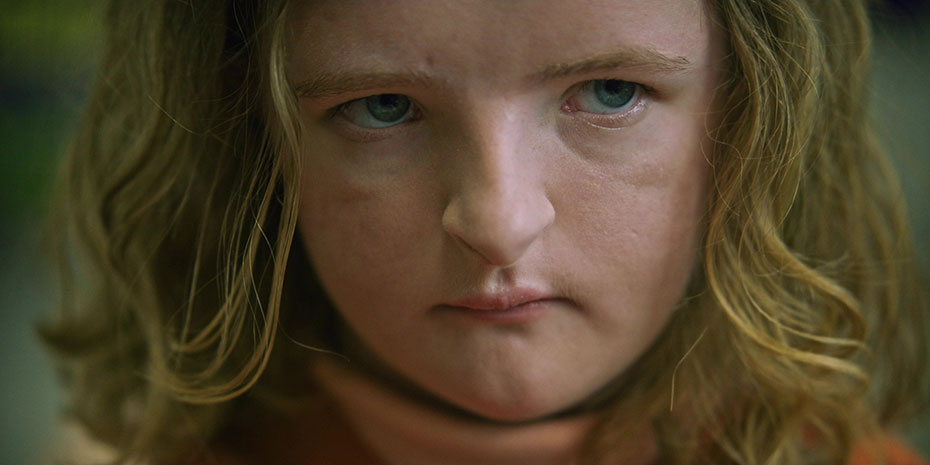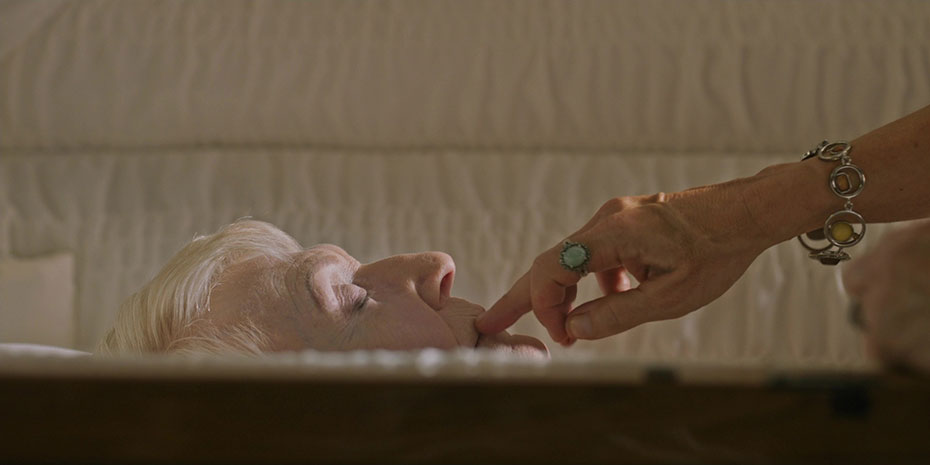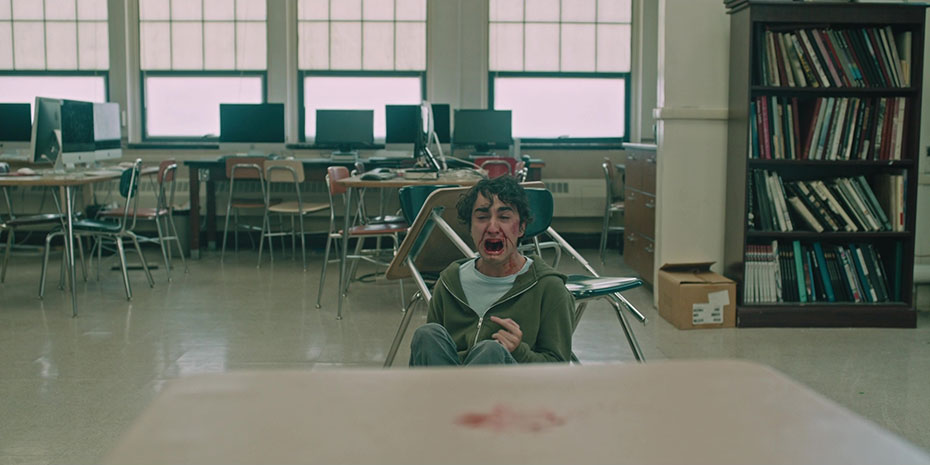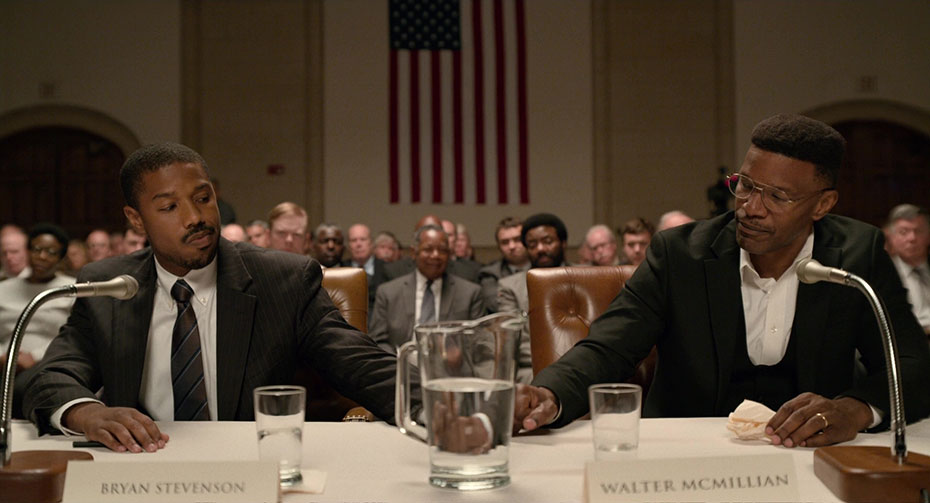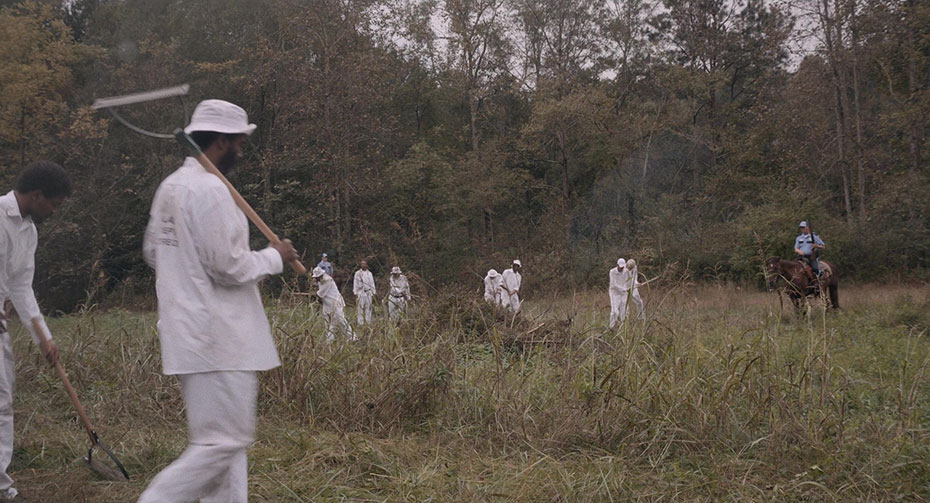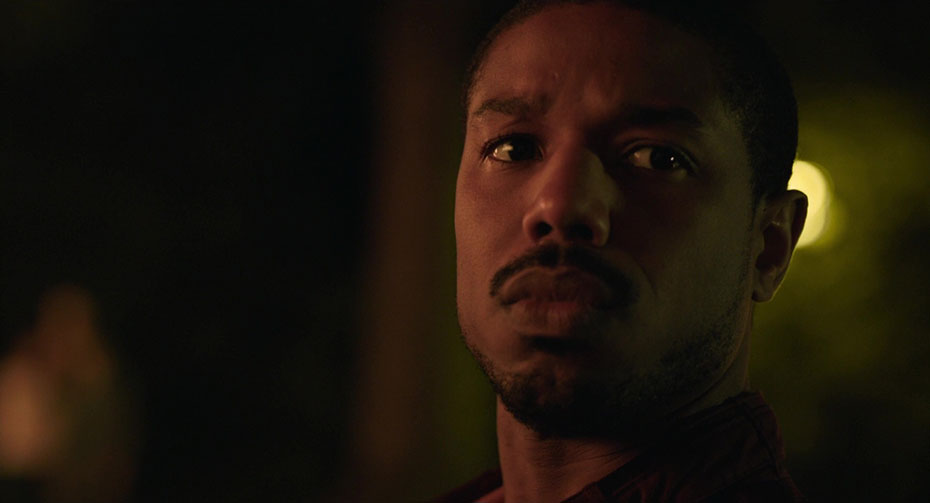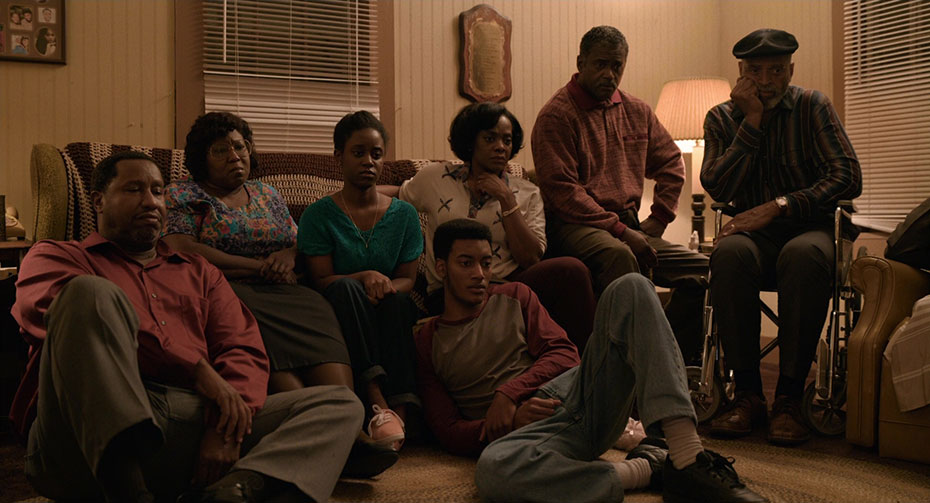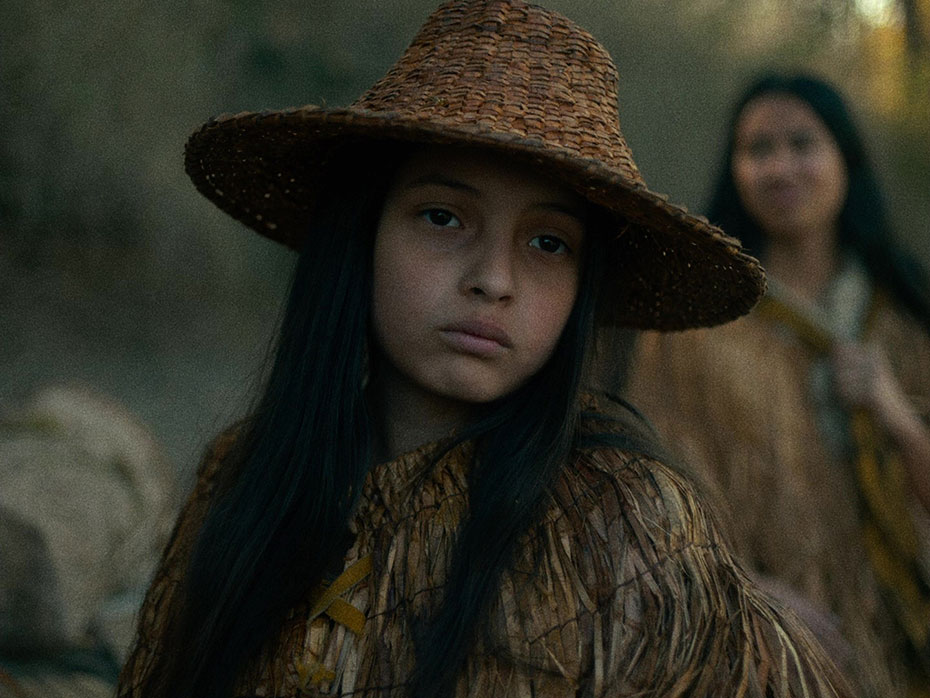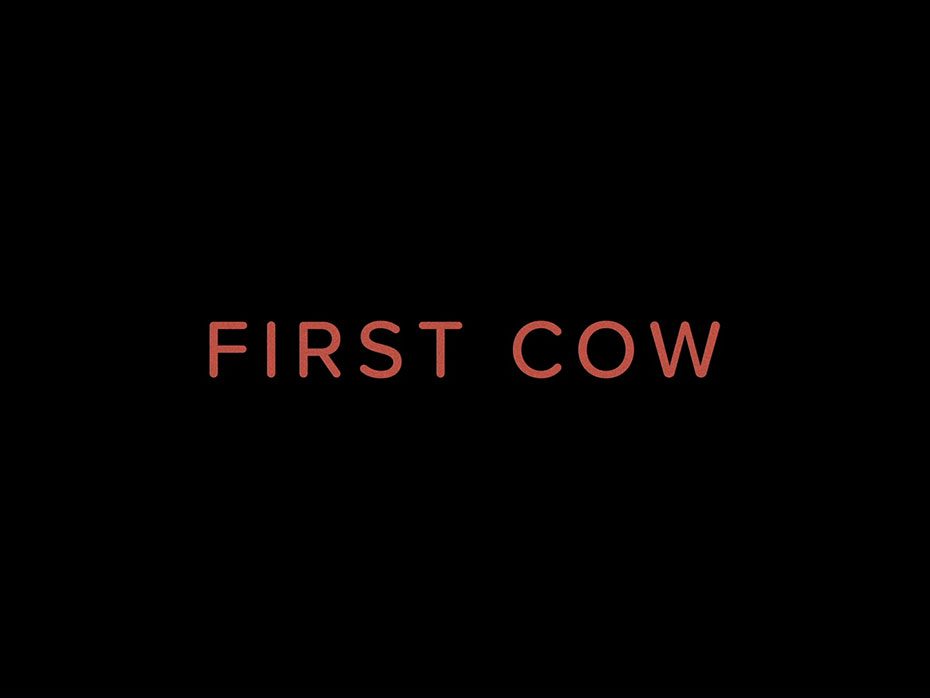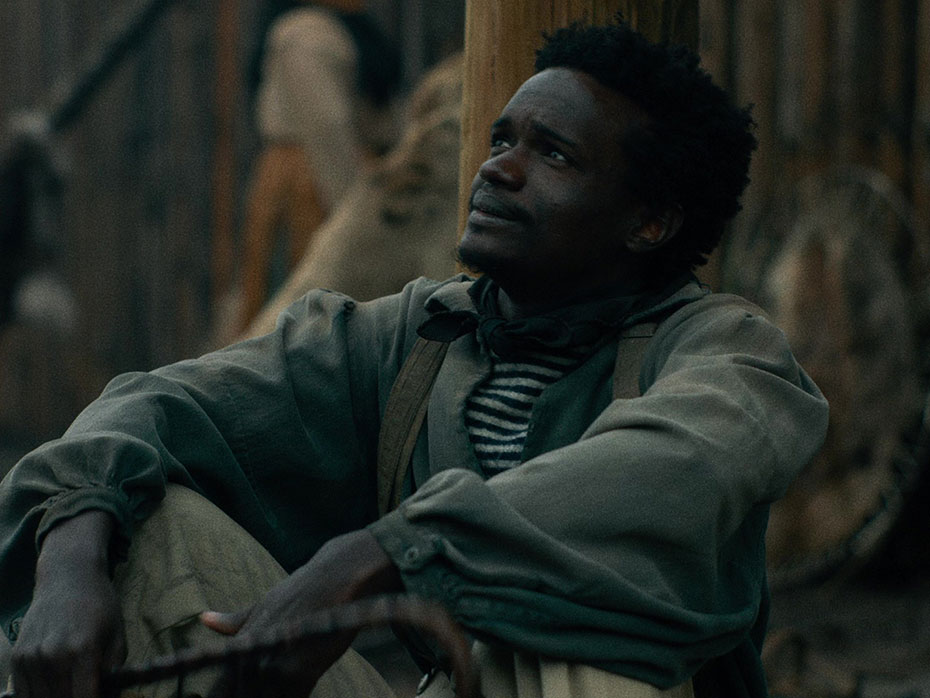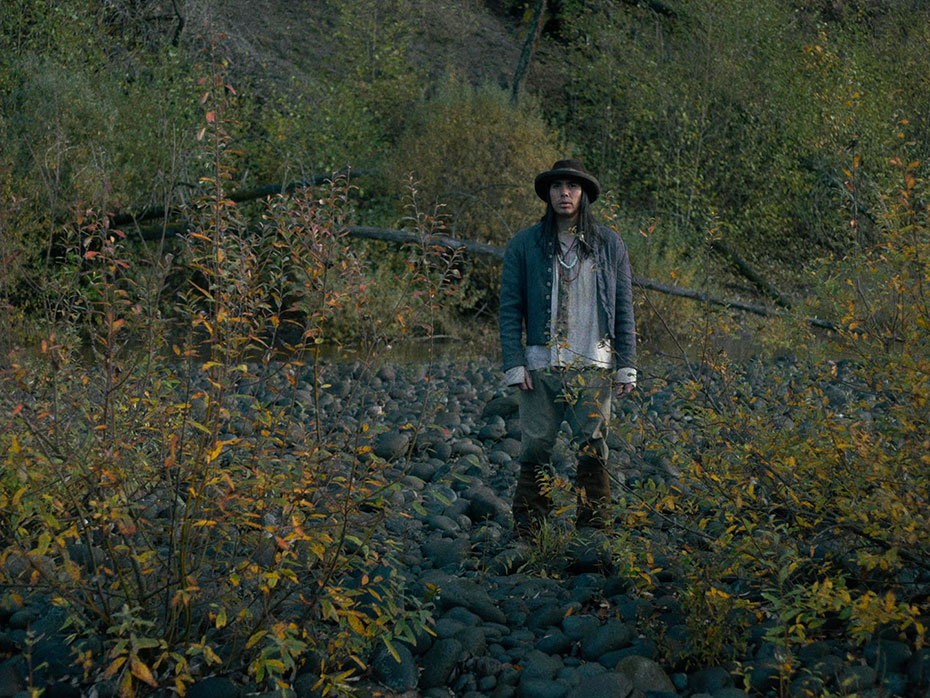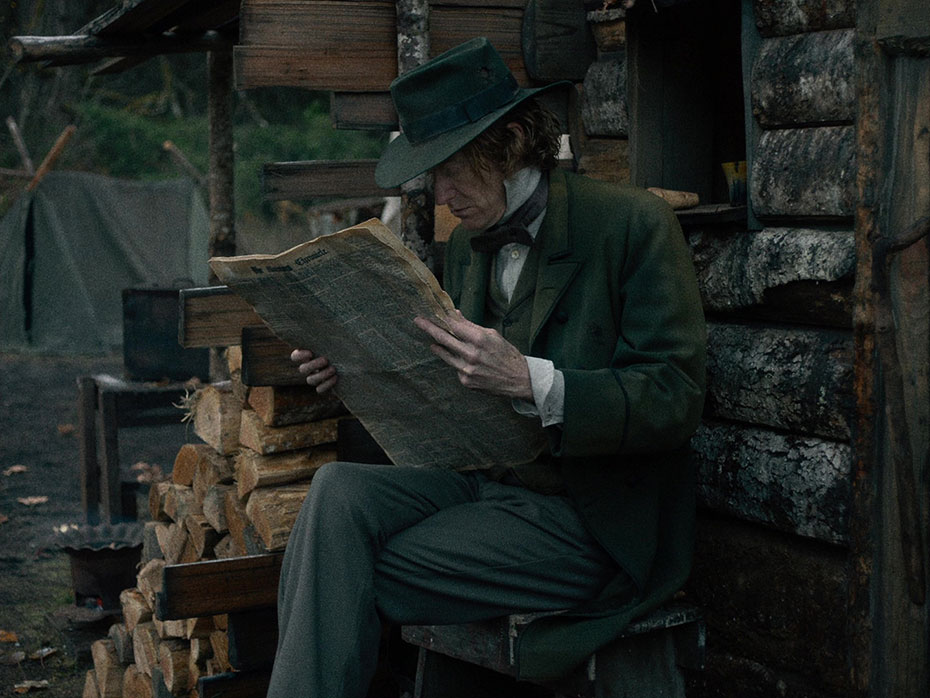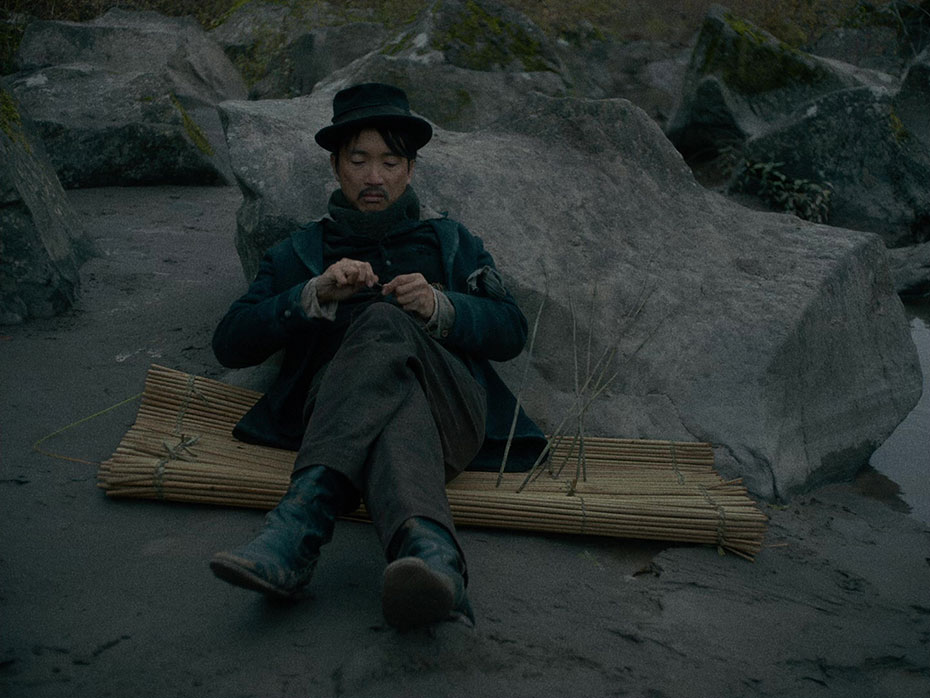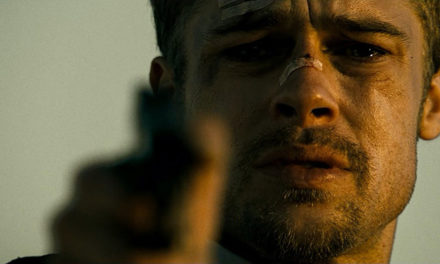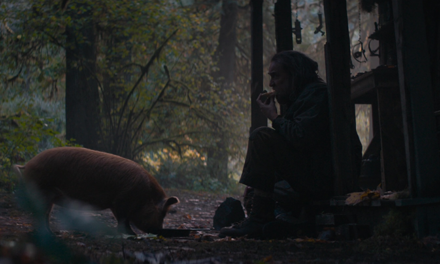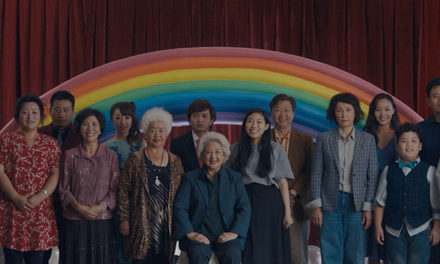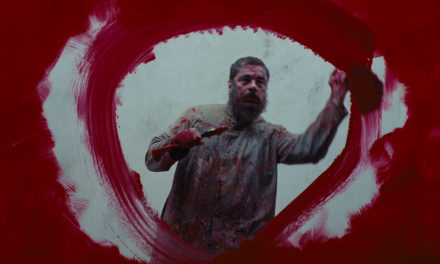THE TUESDAY DROP – 5/18
05.18.21 / New Shots
THE APARTMENT (1960)
First up is Billy Wilder’s 1960 romantic comedy THE APARTMENT, the first of four collaborations with master cinematographer Joseph LaShelle. While The Apartment might seem like a standard Classic Hollywood comedy, it remains perhaps one of the most subversively photographed comedies ever made. Wilder and LaShelle made two key decisions that set The Apartment apart from most other films of its time. The first was to shoot in widescreen – an aspect ratio that, at the time, was almost exclusively reserved for epics and westerns. The second was to shoot in black and white. By 1960, color was well on its way to being industry standard, especially for comedies. The effect is a movie that looks much closer to film noir – offering a complex, piercing satire of the American workplace that still resonates today.
ONCE UPON A TIME IN THE WEST (1968)
Next we have Sergio Leone’s 1968 epic western ONCE UPON A TIME IN THE WEST. Credited as the creator of the Spaghetti Western genre, Leone made Once Upon a Time in the West on the heels of his ‘Dollars Trilogy’, and marks the beginning of his ‘Once Upon a Time’ trilogy. Shot by frequent collaborator Tonino Delli Colli, the film has a parched, bleak quality in spite of the spectacular Monument Valley locations it takes place in. With its high contrast ratios and arid color palette, Once Upon a Time in the West is both epic and brutal in its appearance, setting the stage for one of the most influential westerns of all time.
FULL METAL JACKET (1987)
Then we have FULL METAL JACKET, the last film of Stanley Kubrick’s released before his death. Shooting Full Metal Jacket was a big task for cinematographer Douglas Milsome, who was stepping into the shoes of his mentor and Kubrick’s great collaborator, John Alcott. Milsome and Kubrick worked extensively in pre-production, deciding on a desaturated, grainy look to evoke the feeling of a documentary. By pushing the film stock to 800 ASA and shooting with a wide open iris at all times, Milsome and Kubrick were able to create a lower-contrast image with less solid blacks and greys, adding a layer of reality to one of Kubrick’s most cynical war films.
FRIDAY (1995)
Next we have F. Gary Gray’s directorial debut, FRIDAY, starring Ice Cube and Chris Tucker. Already a frequent collaborator with Ice Cube via music videos, the two moved into feature work together, with Friday also signifying Ice Cube’s screenwriting debut. Friday marks an important shift in the portrayal of everyday life in South Central Los Angeles, adding comedy and levity to a corner of the US that had up until then most often been seen in a harsher context by predecessors such as Boyz N The Hood, Menace II Society and South Central.
HOT FUZZ (2007)
Next is HOT FUZZ, the third directorial effort from British writer-director Edgar Wright. Known for his fast-paced, kinetic genre films, Wright uses the tropes of the action-packed crime thriller to subvert and parody the genre. Cinematographer Jess Hall employs high contrast ratios with deep shadows to create images that indicate a “serious” movie, but pushes the image to a lively place with extensive use of whip pans and dramatic dolly work. When combined with the humor in the story and dialogue, Hot Fuzz becomes both a comedy about police and a parody of police movies.
WE NEED TO TALK ABOUT KEVIN (2011)
Then we have Lynne Ramsay’s psychological thriller drama, WE NEED TO TALK ABOUT KEVIN. Intimate, dark and unsettling, Ramsay brings her unique and precise visual language to this portrayal of a mother trying to cope with the increasingly erratic behavior of her mentally disturbed son. Cinematographer Seamus McGarvey, who had been nominated for an Academy Award four years earlier with Atonement, worked with Ramsay to convince the film’s producers that the movie needed to be shot on celluloid in 35mm anamorphic format. This, combined with the film’s use of wide angle lenses and spare compositions, gives a sense of the characters’ isolation in this unsettling world.
Once Upon a Time in Anatolia (2011)
Next is Turkish filmmaker Nuri Bilge Ceylan’s drama, ONCE UPON A TIME IN ANATOLIA. Co-winner of the Grand Prix at the 2011 Cannes Film Festival, Ceylan worked with frequent collaborator Gokhan Tiryaki to shoot the film. Tiryaki jumps between wide angle and telephoto lenses to craft the story of men talking about their deepest concerns while searching for a dead body in the vast Anatolian steppes, crafting a story that is both intimate and epic at the same time.
HEREDITARY (2018)
Next is Ari Aster’s directorial debut, the horror film HEREDITARY. Hereditary was shot by Aster’s collaborator from his time at AFI, Pawel Pogorzelski. Aster describes their working relationship as one where he is in charge of camera movement and composition, while Pogorzelski is in charge of lighting – but the resulting images remain fully unified. Hereditary is a horror film whose emotional arc is built around the struggles of a grieving family. As such, reference films such as Kieslowksi’s Red and Mike Leigh’s Secrets and Lies create an interesting counterpoint in the family dynamic to the pure horror in scenes dominated by negative space and darkness.
JUST MERCY (2019)
Then we have JUST MERCY, Destin Daniel Cretin’s legal drama starring Michael B. Jordan. Cinematographer Brett Pawlak shot the film on the Panavision DXL2, a large format 8K camera that creates IMAX quality images. This gives an epic, large-scale quality to an intimate and challenging drama about the US prison system. While this might seem like a surprising camera choice, the large format camera ultimately gives us subconscious insight into the immensity of the central character’s task to free prisoners on death row. This provides another example of ways that cinematography choices can subvert our expectations of genre.
FIRST COW (2020)
Finally, we have Kelly Reichardt’s western, FIRST COW. Reichardt worked with cinematographer Christopher Blauvelt, her collaborator since her earlier film Meek’s Cutoff. First Cow posed several interesting challenges visually – one was to make a movie that looked like it was shot on film, despite using the ARRI Alexa Mini. The second was to shoot most night scenes during the day, in order to see more of the landscape at night than would normally be possible. By waiting for sunlight to dapple through foliage later in the day and working extensively in pre-production with DIT Sean Goller, Blauvert and Reichardt were able to convincingly create night scenes that felt heightened, without appearing inauthentic.

